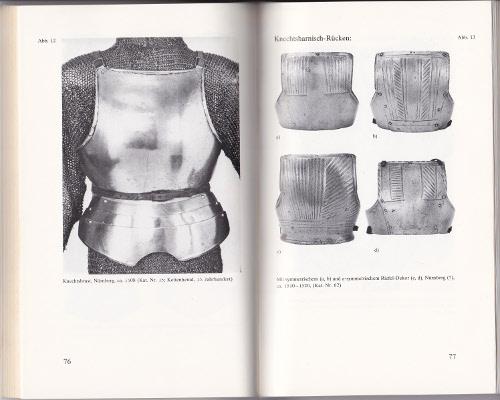I am an art student and currently learning the structure of different types of armour.
Whereas most armour is symmetrical it recently caught my eye that there are in fact some types, which are slightly asymmetrical. :wtf:
I think this might be due to the different use of each body side (e.g. one defensive side with a shield and one aggressive with a weapon). Another possibility, however, could be that each side shows various "layers" of armor or potential alternatives of the respective armour parts.
I attached two pictures. In the first one elbow and shoulder guards differ and in the second one only the shoulder guards do (plus this weird spike on the left side).
Could someone please point out the reason for this?
Sorry for my poor English :\
Greets, Jascha
Differences:
- Elbow-guards
- Spike on the left [ Download ]
Differences:
- Elbow-guards
- Shoulder-guards [ Download ]
